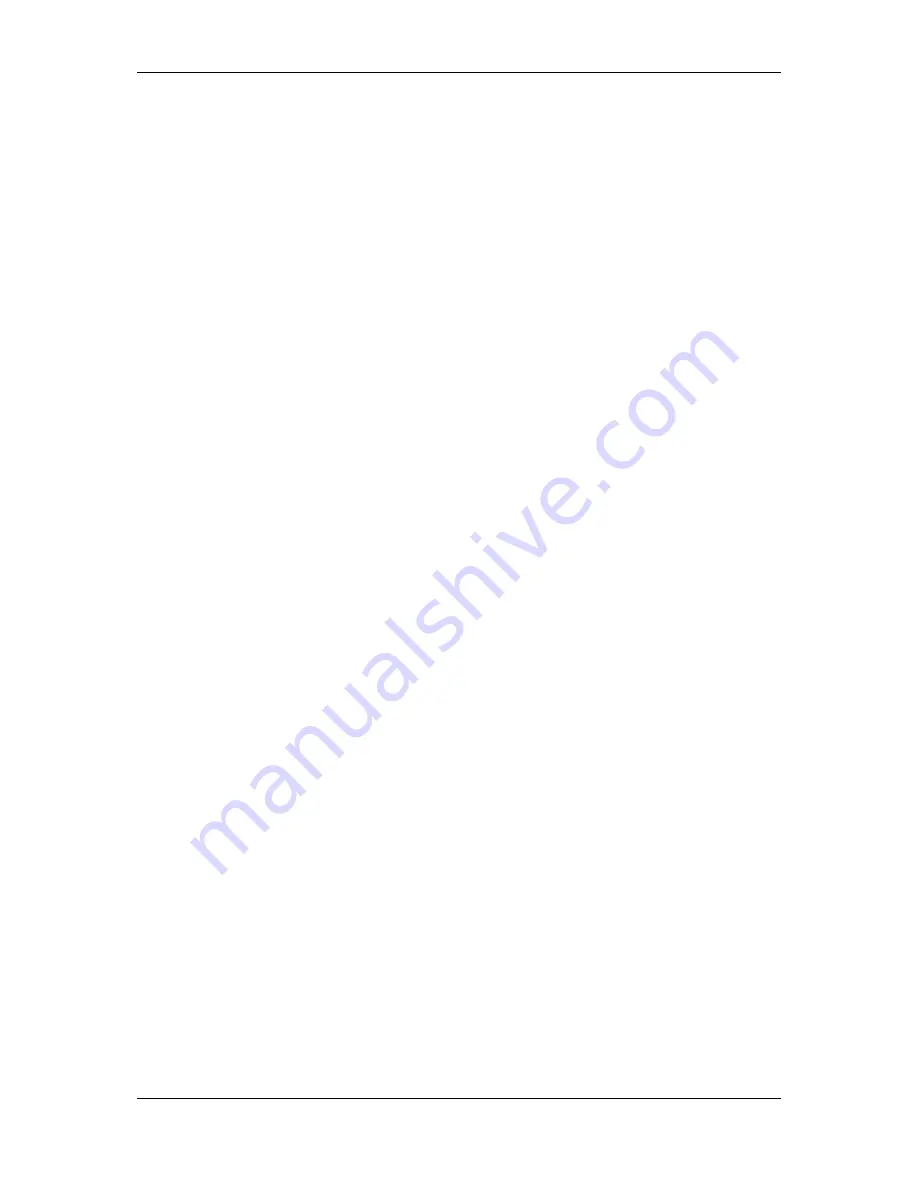
L-VIS User Manual
73
LOYTEC
Version 6.2
LOYTEC electronics GmbH
Include Path:
If this option is checked, the search pattern is not only applied to
the object name but the entire object path (the location within the project) is
searched.
Match Case:
This option causes the search pattern to be case sensitive.
Regular Expression:
Check this if the search pattern is a regular expression
instead of a simple DOS pattern. In contrast to a simple pattern, which only
accepts one star (*) to denote an arbitrary number of unknown characters, a
regular expression is a lot more flexible and can be used to match almost any
complex naming scheme. See section 15.7.3 for more information about regular
expressions.
Below the basic settings, there are a number of areas to filter objects based on type or
location. The following filter options are available:
Object Type:
In this area, one or more of the available object types may be
selected to limit the search to these types. If the object type does not matter, use
the button
Set All
to mark all possible object types as valid search results.
Control Type:
This area becomes available if the object type
Control
is
selected. It is used to further narrow the search on specific control types. Again,
use the
Set All
button to select all control types if the type is not known or does
not matter.
Shared Objects:
This area is used to extend the search to objects which are not
located at a specific position in the object tree but are shared resources, like
images, sounds, or fonts.
Search Areas:
These options allow the user to limit the search to one or more of
the top level objects in the tree. The main menu, global objects, and template
area can be enabled and disabled separately using these options.
At the right side of the dialog, there are some buttons available to execute the search:
Like Selected:
This button is used to initialize the search options to the
properties of the currently selected object. If you want to find objects similar to
the one which is currently selected, press this button to have the options preset.
Then modify them as needed before executing the search.
Find Objects:
This button executes the search.
Show Next:
This button selects the next available search result from the result
list and jumps to the object in the main window.
Show Previous:
This button selects the previous object from the search results
and shows it in the main window.
Close:
Closes the search dialog. The current search options are kept and will be
set the same way when the dialog is opened the next time.
The lower half of the dialog contains the search result list. Select one of the found objects
to see it in the main window.
8.4.3 Find Next
To make it easy to locate objects in the object tree which are similar to the currently
selected object, the function
Find Next
from the
Edit
menu or the keyboard shortcut F3 can
be used. Select the desired object and press F3 to skip forward to the next similar object.






























